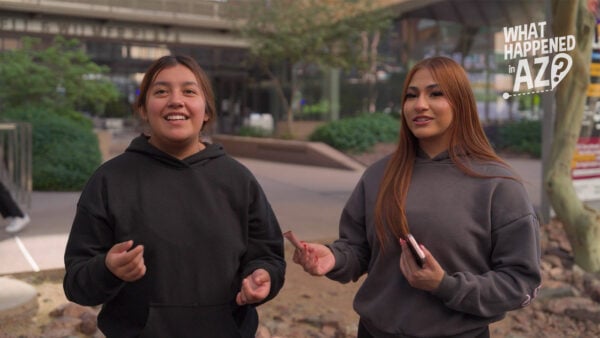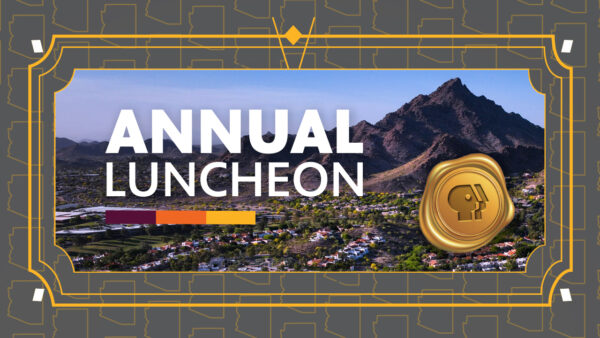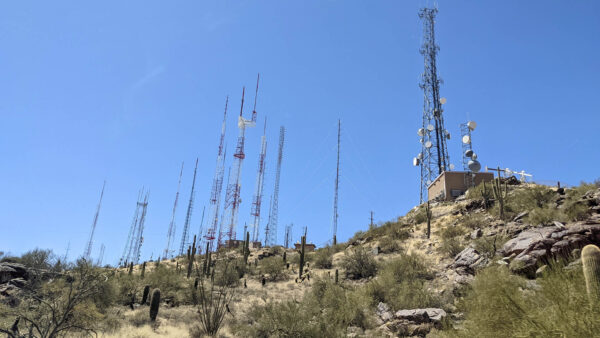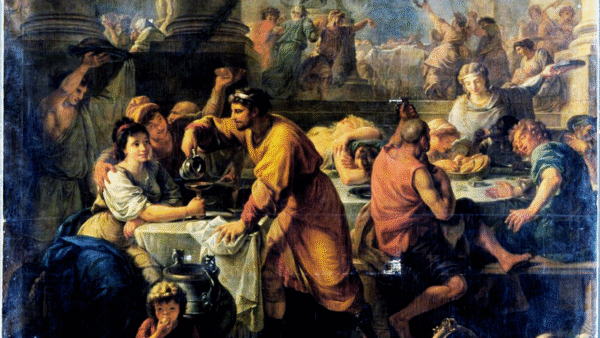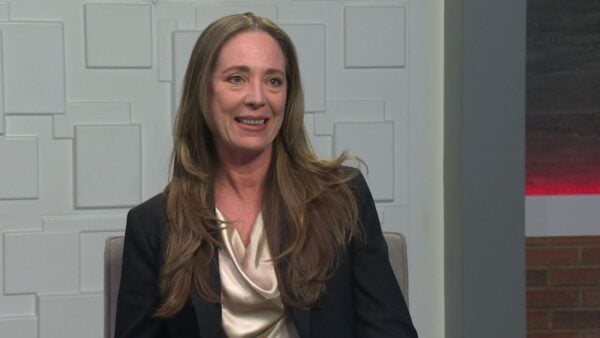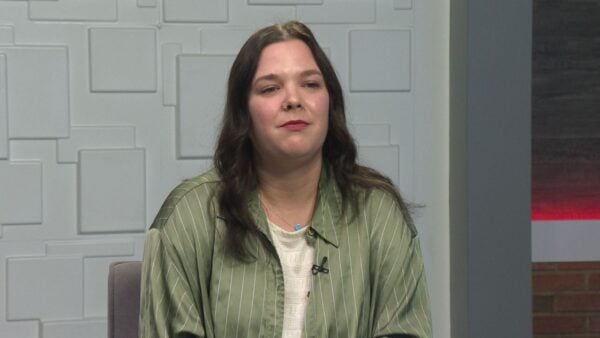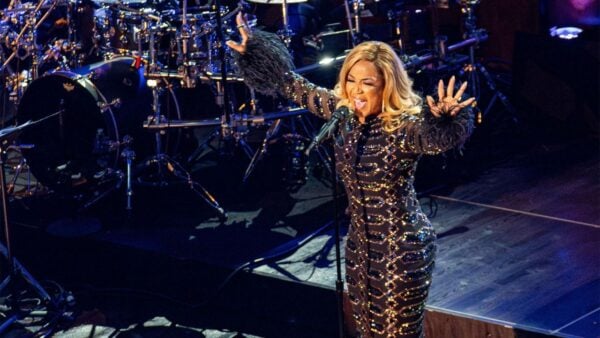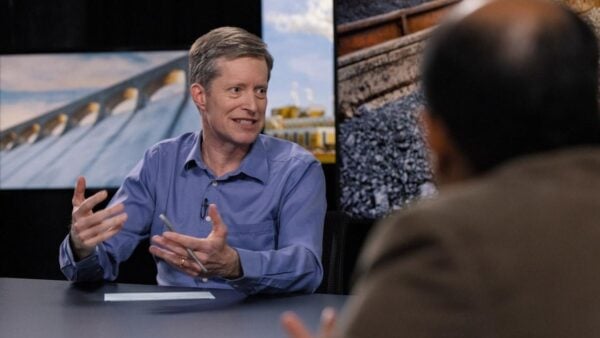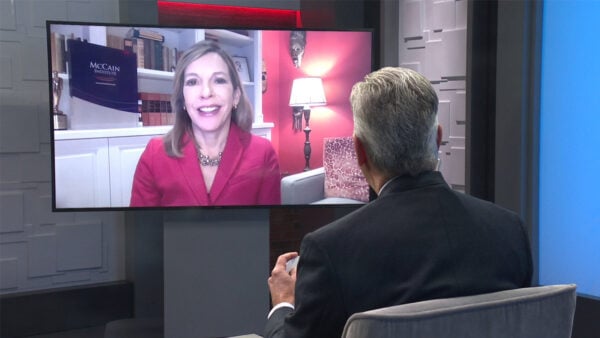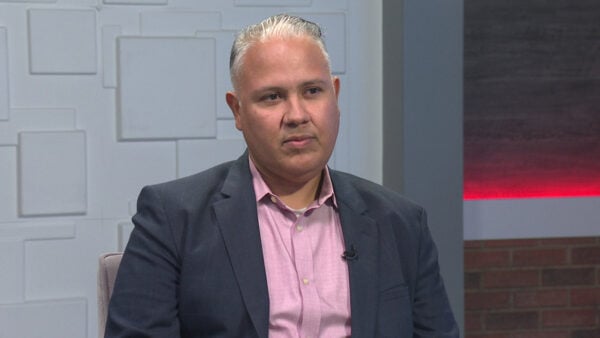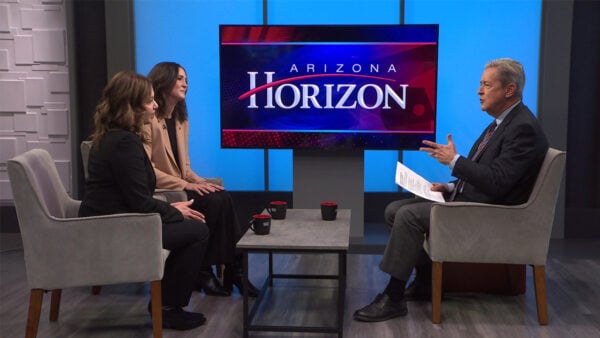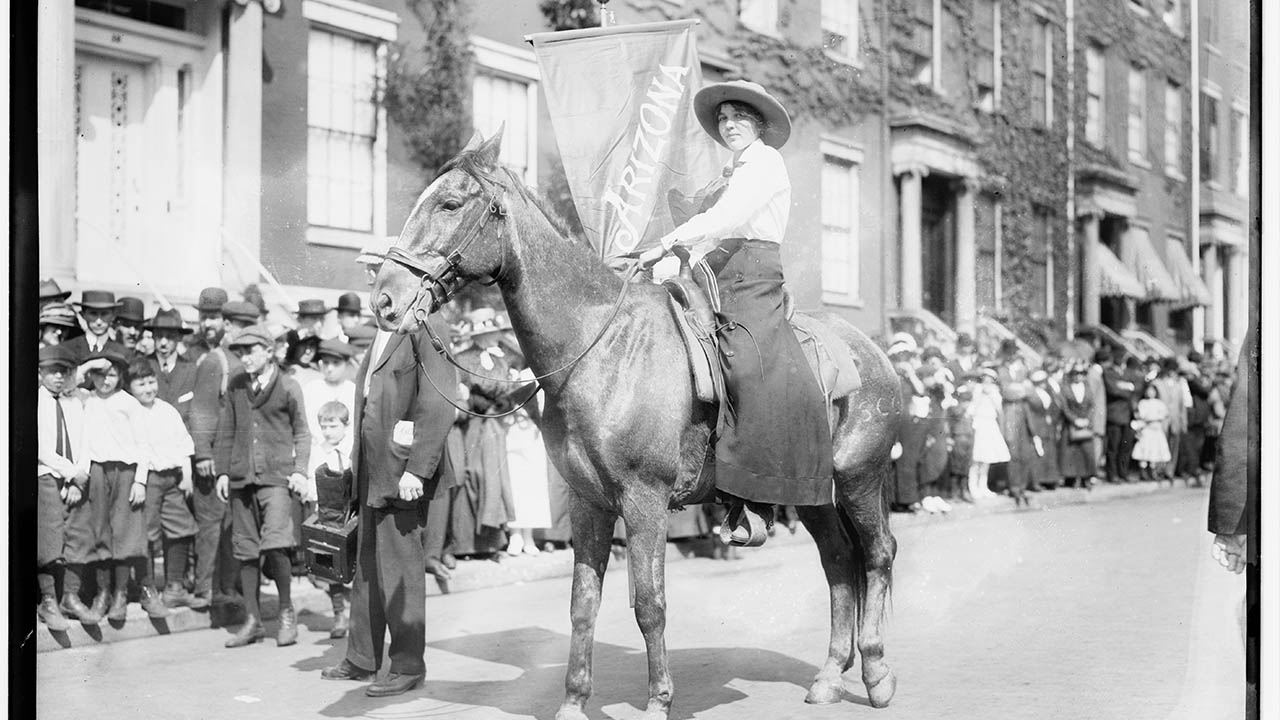
How Arizona women won the vote
June 30, 2020
Arizona’s summer sun blazed down as the women of the Arizona Equal Suffrage Association campaigned door to door through the summer of 1912. With miles separating potential voters in some areas, the women braved over 100-degree temperatures in corsets and long-sleeved dresses to get signatures on a petition supporting women’s suffrage.
The suffragists hoped to get 3,342 signatures to put their issue on November’s ballot, a tactic that had succeeded in Oregon. Even with limited resources, the women turned in 4,000 signatures on July 5, more than enough for the state legislature to agree to endorse their petition.
That gave them four months to get out the vote: They held rallies, canvassed and passed out pins in order to send their message across the brand-new state. They spoke at the State Fair, and invited speakers from national organizations like Carrie Chapman Catt.
On November 5, 1912, 13,452 voters supported women’s suffrage while 6,200 voters opposed the measure. It was the largest win for suffrage in the nation — influencing the tactics and strategy of national suffrage organizations until the 19th Amendment was passed in 1920, finally granting women the right to vote.
Arizona at the turn of the century
 Arizona was one of many western states to pass women’s suffrage before the 19th Amendment was ratified in 1920. Courtesy Library of Congress, Prints & Photographs Division.
Arizona was one of many western states to pass women’s suffrage before the 19th Amendment was ratified in 1920. Courtesy Library of Congress, Prints & Photographs Division.Western states like Arizona were the first to grant women’s suffrage. In places that had been so recently claimed and settled by the United States, women shared the hard work of homesteading and building new communities. “Suffragists found it easier to argue that because women had helped create the state, they should also be part of the political structure,” said Pamela Stewart, a historian and senior lecturer in the College of Integrative Sciences and Arts at Arizona State University.
In Arizona, early groundwork for suffrage was laid by the 1866 Married Women’s Property Act, recognizing the idea that women had a right to property — and therefore would have to pay property taxes. Denying women the vote would be taxation without representation, suffragists argued. Arizona also had a legacy of community property laws that can be traced back to Spanish law. Though no longer part of Mexico, some local laws retained that influence, putting Arizona women in a different economic position than their counterparts in other parts of the U.S.
An 1883 law allowed Arizona women to vote in school board elections. Although opponents pointed to a national law stating territory legislatures couldn’t determine voting rights the way states could, the territories of Utah and Wyoming had already extended the vote to women.
“You start to see early on that people could be rather selective about how the laws are applied,” said Stewart.
By 1900, Arizona was seeing demographic changes that presented activists a very
different set of challenges and opportunities than their counterparts in the East. More women were working outside the home, and 43% of the women in Arizona’s labor force were married, compared to only about 15% nationally. There was also a high percentage of widows — nearly 11% of the adult female population — due in part to the dangers of mining, a key part of Arizona’s economy at the time.
“Women’s participation in public life wasn’t theoretical here,” said Stewart. “You have a lot of different demographics where women are saying ‘I’m it. I’m not represented by anyone.’”
Phoenix-area women established the Arizona Women’s Equal Rights Association in 1887. Their campaign took advantage of Arizona’s distinctions: they knew the people and politicians in their communities, and they chose to be overtly political. They worked not only with Democrats and Republicans, but also with third parties, which were very popular around 1900.
At the time, the National American Woman Suffrage Association (NAWSA) wanted the movement to be a nonpartisan, ladylike effort. Arizona suffragists disagreed: they understood their communities and knew they needed to tailor their arguments to each audience.
Arizona was remarkably diverse, ethnically, religiously and politically. Labor, Socialist, Progressive and other parties represented a range of viewpoints. Like today, Arizona had a significant Mexican American population and many Native American communities, as well as immigrants from China and Eastern Europe and Americans of all races who had come from other parts of the U.S. Many parts of the state had large Mormon populations, which showed strong support for women’s suffrage: Utah women already had the vote.
On the national level, NAWSA believed that most racial minorities were not interested in women’s suffrage. “NAWSA would come out and say that we need to suppress the Latino vote here because we don’t think they’re going to support women’s suffrage,” said Heidi Osselaer, Arizona State University historian and author of “Winning Their Place.”
This was certainly not true of all Latinos, and the Arizona suffragists were approached by Mexican Americans who wanted to know more about the movement and how they could help. “They may not be able to read English, but that doesn’t mean they don’t understand and don’t want their wives and mothers and daughters to participate,” Stewart said.
While outreach to Mexican American communities never became a central part of the Arizona suffrage movement — and as was common at the time, Latinas were not welcomed into white women’s clubs and organizations — the Arizona Women’s Equal Rights Association did begin to produce some materials in Spanish.
Around this time, the Mexican American community was more concerned with laws that made English literacy a requirement for voting, or for holding the better paying mining jobs. Mexican American women were more likely to be part of organizations like La Liga Protectora Latina, which advocated for their civil rights. They also worked in mutual aid societies and with the Catholic Church.
“They would say, what good is giving women the right to vote if the legislature is passing laws that disenfranchises you if you don’t speak perfect English? That was the bigger issue,” said Osselaer. “They were doing other things that were more economically driven to help both women and men in their own communities.”
If Arizona’s Mexican American population was on the fringes of the suffrage movement, Native Americans were excluded entirely. Native Americans were not nationally recognized by law as U.S. citizens until 1924. Even after that point, barriers to voting remained in many places.
Making the argument
 Arizona suffragist Madge Udall, whose mother-in-law was suffrage leader Frances Willard Munds, rides in a 1913 suffrage parade. Courtesy Library of Congress, Prints & Photographs Division.
Arizona suffragist Madge Udall, whose mother-in-law was suffrage leader Frances Willard Munds, rides in a 1913 suffrage parade. Courtesy Library of Congress, Prints & Photographs Division.With so many Arizona women in the workforce and households headed by women, the idea of women’s participation in public affairs was not theoretical. Because women were active in public life, it was easier to argue that women should be able to vote. In fact, though the measure never succeeded, Arizona regularly saw the issue put up for a vote in the territorial legislature well before statehood was granted in 1912.
As they spoke to people across the state, Arizona suffragists employed a range of arguments to make their case:
Some believed that women had superior moral qualities. To them, suffrage would be a form of municipal housekeeping that helped women ensure clean water and good schools for their children. They might ask, how could women protect their homes and children without the vote?
Others believed in the superiority of white women, and felt that women’s suffrage would help to counterbalance the influence of minority groups they saw as undesirable.
In rural areas where the population density was low and neighbors could be far away, women had to be able to do all the same ranch work as men. If western women were as tough and capable as men, suffragists argued, shouldn’t they have the same rights?
And as more women began working at retail counters and in secretarial jobs, some saw that if women were working outside the home and participating in public life, they ought to be able to participate in politics as well.
Arizona now had universities and a teacher’s college, leading to a higher percentage of educated women. “You’ve got a new generation of young women who see the world very differently,” Stewart said. “They were not willing to be crushed by conventionality.”
Women also saw voting as a way of supporting other causes they believed in, such as temperance. Arizona had a significant alcohol problem: Around this time, half the arrests in Phoenix were for public drunkeness. Arizona suffrage leaders like Josephine Brawley Hughes and Frances Willard Munds were also members of the Women’s Christian Temperance Union, and spoke out against the huge political power of saloon keepers — a hurdle for women’s suffrage because saloons served as polling places, but were considered off-limits for women.
By the time of Arizona’s constitutional convention, a number of prominent politicians supported women’s suffrage, including Governor George W.P. Hunt, but they believed this was an issue where voters should have a say. Immediately following statehood, the Arizona Equal Suffrage Association lobbied the state legislature to put the question to a public vote. The measure failed in the Senate by one vote.
That’s when the suffragists began collecting signatures through the long, hot summer of 1912.
As they organized throughout the state, suffragists found ways to show connections to their cause wherever they were. They also worked to get as much newspaper coverage as they could, knowing that even if the news was delayed, people in remote areas would still see those papers.
At one point, suffragists hung a banner in central Phoenix that became the target of pranksters who kept moving it. Although some members were upset, organization president Frances Willard Munds saw it as a net gain: Every time the banner was moved, newspapers covered the story. She saw the benefit of free advertising.
After the overwhelming success in the election, NAWSA was stunned. The women of Arizona had just passed the biggest win in the country, with 68% of voters supporting suffrage in Arizona. Over time, the national organization came to agree with the Arizona suffragists: To succeed, their movement needed to be political in nature and it had to be everywhere.
In the early years, numbers of women voters remained low, but they rose to be on par with the men in the 1920s. Arizona voter registration tended to be low in general, in part because the state had a large number of transient workers and in part because voters had to register every two years at their county seat. For rural Arizonans in large counties, the effort this required was a very real challenge.
This and other hurdles remained a problem for many minority voters.“For Latinas, things didn’t change until the Voting Rights Act in 1965,” said Irasema Coronado, director and professor of ASU’s School of Transborder Studies. “In some places, there were structural impediments to voting and we still have some of them today.”
When the time came to ratify the 19th Amendment — which Arizona did in a special legislative session on Feb. 12, 1920 — there were four female legislators to lead the charge.
Osselaer’s book “Winning Their Place” paints the scene this way:
“Although the resolution met with contentious debate in most statehouses, in Arizona the members of the Legislature listened to anti-suffrage arguments with amusement and quickly passed the Susan B. Anthony Amendment granting women the right to vote without a single dissenting voice in either house.”
By Susanna Eckstein and Katie Jones. This story was originally in the Summer 2020 issue of Arizona PBS magazine.
